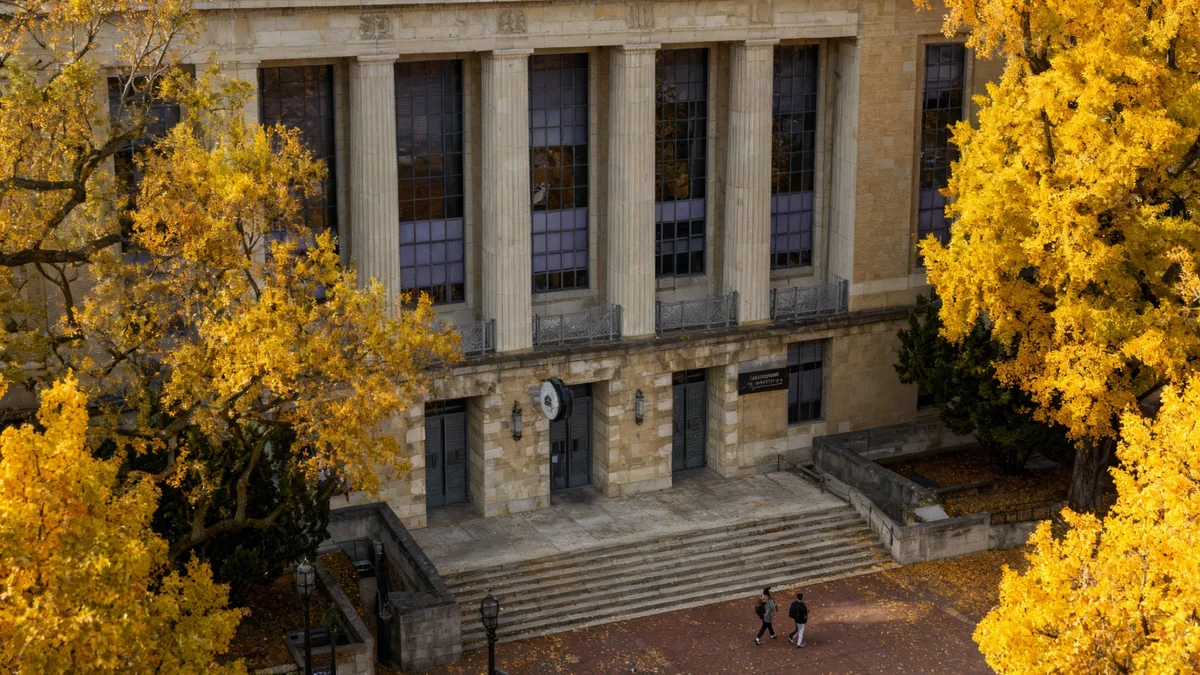Fort Lewis College in Durango, Colorado, is projected to lose $2.27 million in federal aid after the U.S. Department of Education announced a plan to redirect funds away from Minority-Serving Institutions (MSIs). The decision is part of a larger reallocation of $350 million in discretionary funding that will impact student support programs at the college.
The funds, which supported programs designed to help new students adjust to college life and ensure timely graduation, will be shifted to Historically Black Colleges and Universities (HBCUs) and tribal colleges. College officials have expressed concern over the decision, highlighting the significant impact it will have on their diverse student population.
Key Takeaways
- Fort Lewis College is set to lose approximately $2.27 million in federal funding.
- The cut is part of a $350 million reallocation from Minority-Serving Institutions (MSIs).
- Funding will be redirected to Historically Black Colleges and Universities (HBCUs) and tribal colleges.
- Programs supporting student transition and graduation at Fort Lewis College are directly affected.
- More than 50% of the college's students identify as people of color, with a large Native American population.
Details of the Federal Funding Reallocation
In mid-September, the U.S. Department of Education revealed its intention to discontinue a significant portion of discretionary funding for institutions designated as MSIs. This category includes colleges and universities with a high enrollment of minority and low-income students.
The administration's plan involves redirecting a total of $350 million. The stated recipients of this reallocated funding are HBCUs and tribal colleges, which are defined by their historical missions rather than by current enrollment demographics.
Understanding Institutional Designations
The federal government uses several classifications for educational institutions serving minority populations:
- Minority-Serving Institutions (MSIs): Defined by having a significant percentage of minority and low-income student enrollment. Fort Lewis College received this designation in 2008.
- Historically Black Colleges and Universities (HBCUs): Institutions established before 1964 with the primary mission of educating Black Americans.
- Tribal Colleges and Universities (TCUs): Chartered by sovereign Native American tribes.
Colorado has over a dozen public MSIs but no federally recognized HBCUs or tribal colleges, making the state's institutions particularly vulnerable to this specific funding shift.
Federal officials have described the grant programs for MSIs as discriminatory, suggesting they unfairly allocate funds based on meeting racial or ethnic quotas. This rationale underpins the decision to shift the financial support to mission-based institutions.
Direct Impact on Fort Lewis College Student Programs
The financial loss for Fort Lewis College is substantial. The $2.27 million was allocated for the third, fourth, and fifth years of a federal grant. According to college spokesperson Nardy Bickel, the discontinuation of these funds will directly harm initiatives crucial for student success.
Key programs facing cuts include:
- Summer Bridge and First Year Launch: These programs are designed to help new students, many of whom are the first in their families to attend college, successfully transition from high school to university life.
- Credit Recovery Programs: Initiatives that allow students who have fallen behind to recover credits and stay on track for graduation will also be affected.
“We are disappointed about the decision to cut funding to this program, which will be felt deeply across our campus,” Bickel stated. “We will work to think creatively and strategically about how to continue these crucial supports to our FLC students.”
Bickel emphasized the college's role as a vital access point for higher education, particularly for students from rural and remote communities in the Four Corners region. The loss of this funding creates a significant challenge in maintaining the level of support these students rely on.
A Diverse Student Body Disproportionately Affected
Fort Lewis College serves a unique and diverse student population, making the loss of MSI-targeted funding especially impactful. The college has become a leading institution for Native American education in the United States.
Fort Lewis College Student Demographics
- Over 50% of students identify as people of color.
- 37% of the total student population is on a Native American tuition waiver.
- 43% of graduates are first-generation college students.
- 15% of the student body identified as Hispanic as of 2024.
- The college awards more bachelor's degrees to Native American and Alaska Native students than any other four-year institution in the nation.
For many of these students, Fort Lewis College offers an affordable pathway to a four-year degree while allowing them to remain close to their families and cultural communities. “Title III funding has been critical in making that pathway possible,” Bickel noted.
State and Local Response to the Decision
The announcement has drawn criticism from state officials. State Rep. Katie Stewart, a Democrat from Durango, issued a statement urging the Department of Education to reverse its decision.
“It’s unacceptable that the Department of Education is cutting millions of dollars in funding for Fort Lewis College,” Stewart said. “FLC prioritizes local students, sustains good-paying jobs in Southwest Colorado, and serves as a strong economic driver for our community.”
Six of Colorado's MSIs currently receive federal grant funding that is now at risk. The policy change is expected to have a broad impact on higher education access for minority and low-income students throughout the state.
Despite the setback, Fort Lewis College leadership remains focused on finding alternative solutions. “We remain committed to finding ways to sustain and adapt the programs that make the biggest difference for our students,” Bickel concluded, signaling the college's resolve to navigate the financial challenge.





